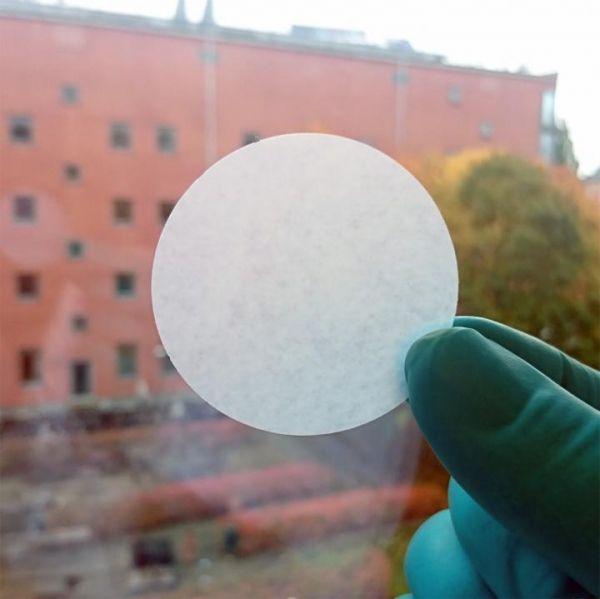The problem of access to safe drinking water in most parts of Bangladesh is a persistent challenge. Now, a team of scientists from Uppsala University, Sweden, and Dhaka University, Bangladesh, shows that a locally growing and previously unexploited green macroalgae species could be used to extract cellulose nanofibers, which can then be formed into paper sheets with tailored pore size that are utilized for point-of-use water treatment.
The paper filter has demonstrated excellent virus and bacteria removal capacity both in the lab and in real-life tests. The scientists believe that with further development, the paper filter produced from Pithophora algae, could be an affordable and efficient remedy to prevent numerous potentially deadly water-borne infections.
“Pithophora algae have been largely overlooked in the past as a valuable raw material. It is with great satisfaction that we can now document excellent pathogen removal clearance for both water-borne bacteria and viruses with efficiency above 99.999 percent. It can purify even the smallest virus particles of 27-28 nanometers”, says Albert Mihranyan, Professor of Nanotechnology at Uppsala University, who heads the study.
Bangladesh is a country with a population of over 168 million people, which is larger than that of Russia (144.5 million). By 2050, the projected growth rates suggest that the population of Bangladesh may reach the mark of 200-225 million people. In parts of the biggest cities in Bangladesh, such as Dhaka or Chittagong, the density of population is as high as 205,000 inhabitants/km2, which is almost 58 times more than that in Stockholm and nearly 20 times more than that in New York city.
Read more at Uppsala University
Image: This is a paper filter made from Pithophora algae. (Credit: Albert Mihranyan)


